 PHOTO ABOVE-Callicarpa americana
PHOTO ABOVE-Callicarpa americana
I have several memories of specific plants that go back to before I actually thought plants and nature in general would become a big part of my livelihood. One of those memories goes back to when I was a young teen. I remember spending some time at Logan Martin Lake, near Pell City, AL, with my family on the weekends. I enjoyed walking the woods that stretched above the banks of the lake, checking out all manner of interesting flora and critters. American Beautyberry is a plant that I remember growing in those woodlands. How could you not notice those striking purple berries in late summer or early fall? There simply isn't another native plant quite like it. I find beautyberry to be a plant that should find a home in many yards, as well. The plant is native throughout the Southeast and growing it here in Alabama shouldn't be a problem. I have found that growing Callicarpa (the genus for beautyberry) is relatively easy. It isn't particularly finicky when it comes to soil type, sun exposure, or moisture requirements. If you happen to live South of Birmingham, and especially if you live South of Montgomery and into Florida, you may just find your beautyberry to be quite the spectacle. While vacationing in the panhandle of Florida, several years back, I noticed several native beautyberry growing magnificently. I suspect beautyberry enjoys the warmer surroundings, even though it is listed as a Zone 5 plant.
While American beautyberry (scientific name, Callicarpa americana, also known as purple beautyberry) is probably the most familiar of Callicarpa species in these parts, there are other species to note:
PHOTO RIGHT-Callicarpa dichotima - a more compact plant than Callicarpa americana and is known to produce more berries, as well, but that may be more due to it's compact nature.
PHOTO LEFT-Callicarpa japonica 'Leucocarpa' - often described as "rare", this plant does have an unusual trait; it's white berries.
Most beautyberries grow to a height of around 4' to 6'. They are deciduous and they bloom around mid June to mid July. The blooms are not particularly ornate, but the plant makes up for its lack of flower power with plentiful and colorful berry production. Beautyberry will bloom and produce berries on new wood, so I would encourage you to cut any plants in your yard each spring. I've just touched on two or three Callicarpa species, but there are several more and dozens of varieties.
Thursday, September 4, 2008
A Beauty of a Berry
Posted by
themanfromearth
at
11:13 PM
![]()
Labels: deciduous landscape plants
Subscribe to:
Post Comments (Atom)

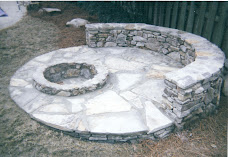






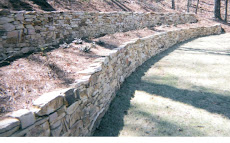





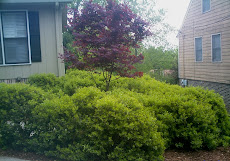
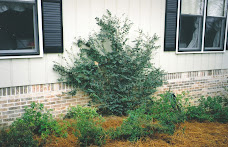
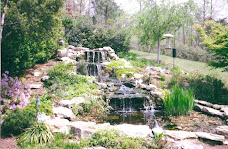
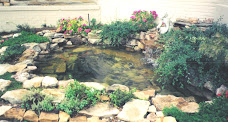




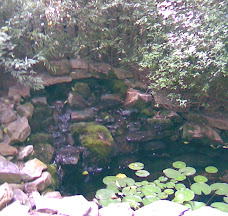






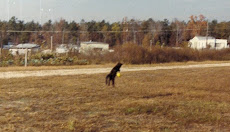
1 comment:
I've been wanting beautyberries for a long time and just picked up 3 off the clearance table. Like your blog!
Post a Comment